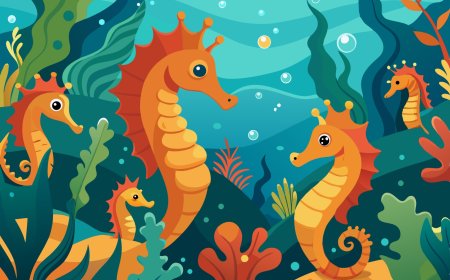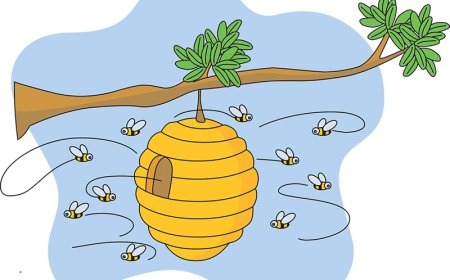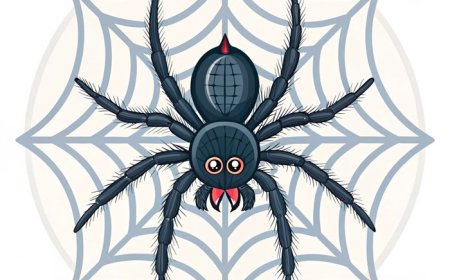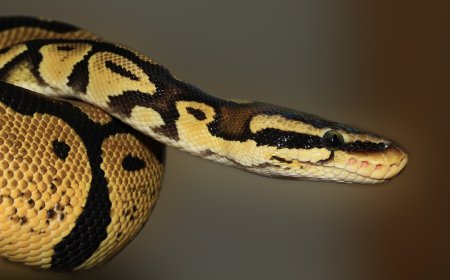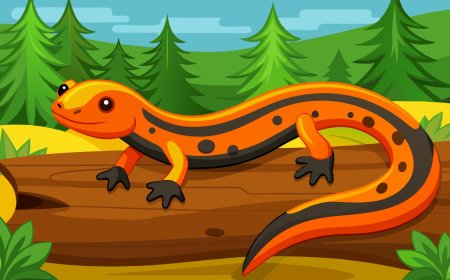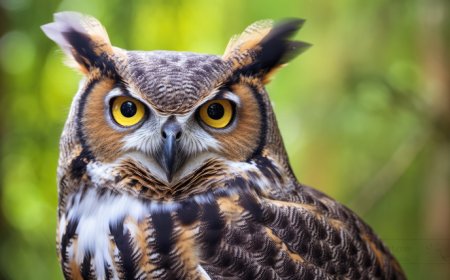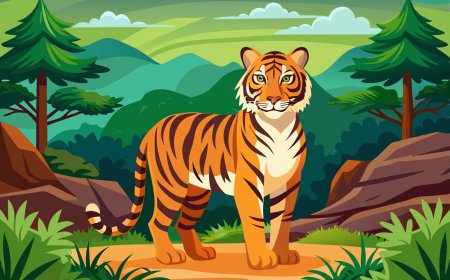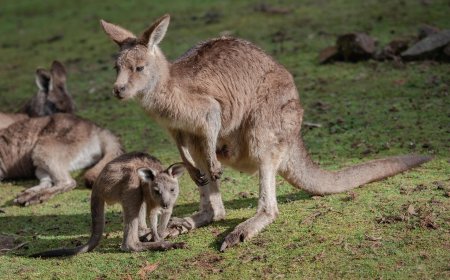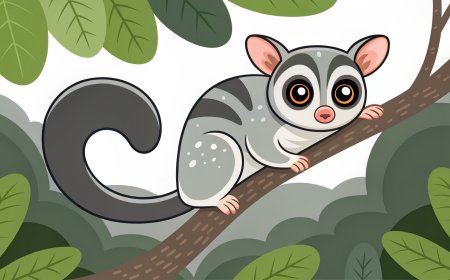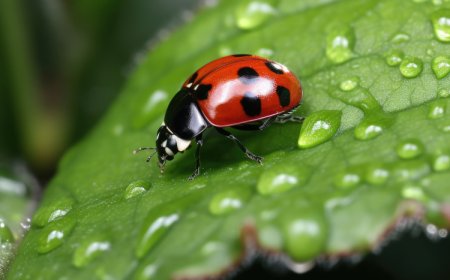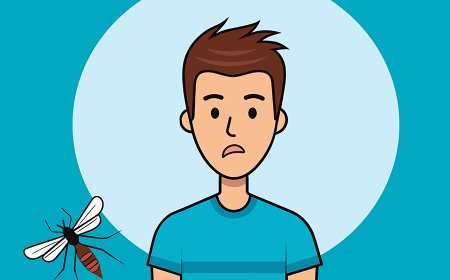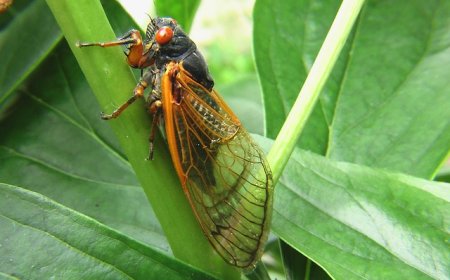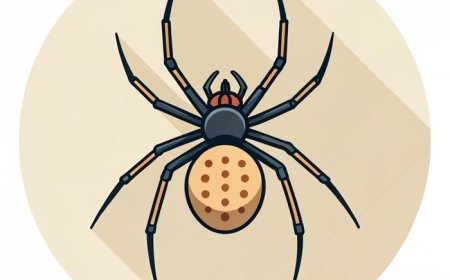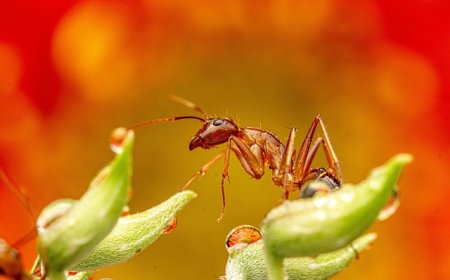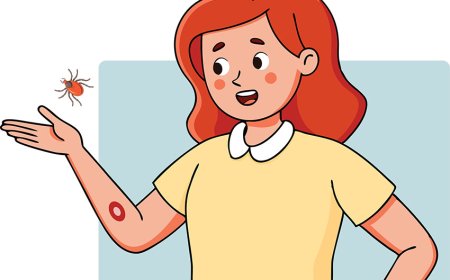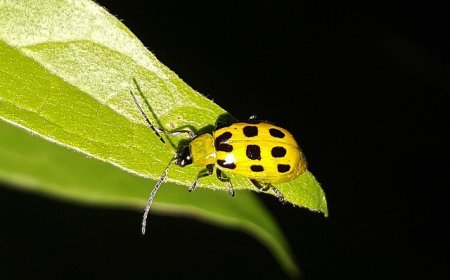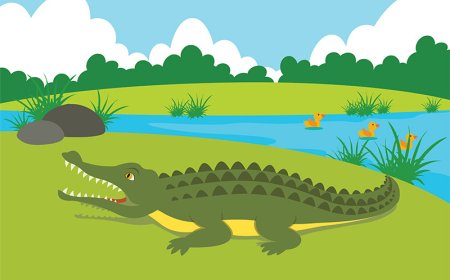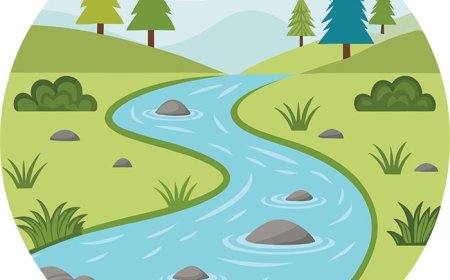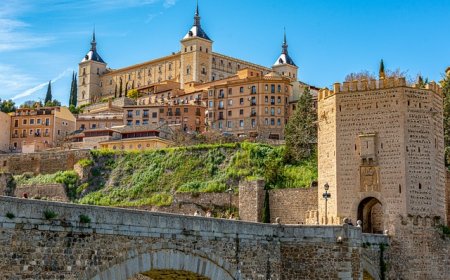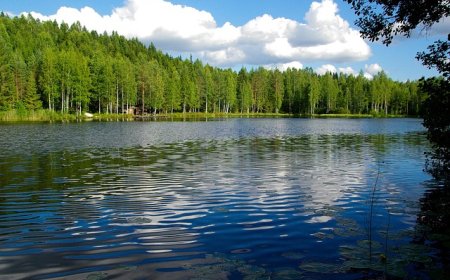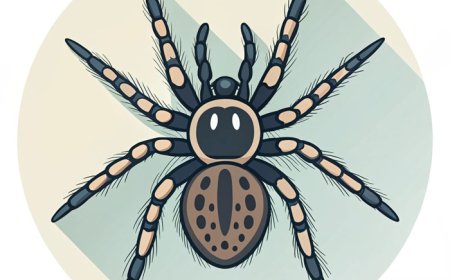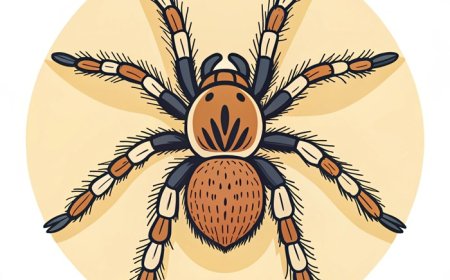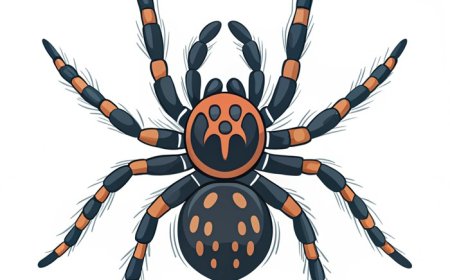Spiders for Kids: Fascinating Facts, Types, Adaptations, and Fun Activities
Discover amazing facts about spiders! Learn about their scientific classification, special adaptations, diet, habitats, and why they are important. Includes a vocabulary list, fun facts, and a kid-friendly quiz.
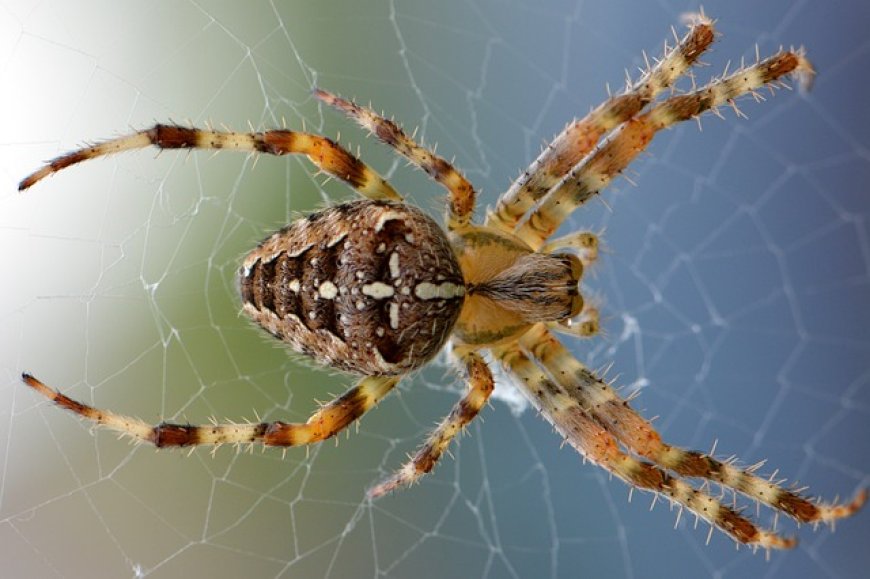
🕷️ Spiders: Clever Hunters of the Animal World
Introduction
Spiders are arachnids, not insects, and belong to the order Araneae. They are famous for their eight legs, fangs, and ability to produce silk, which they use to build webs, trap prey, and even travel through the air. With over 48,000 known species, spiders are found almost everywhere in the world. Though they may seem scary to some people, spiders are incredibly important for ecosystems because they control insect populations and are themselves a food source for many animals.
🌿 Scientific Classification
- Kingdom: Animalia
- Phylum: Arthropoda
- Class: Arachnida
- Order: Araneae
There are over 48,000 species of spiders, and scientists are discovering more each year!
Physical Description
Spiders have two main body parts: the cephalothorax (which combines the head and thorax) and the abdomen. Unlike insects, which have six legs, spiders have eight legs. Most spiders also have eight eyes, though the number and arrangement can vary. Their bodies are covered in fine hairs that help them sense vibrations and air movements. All spiders have fangs that deliver venom to their prey, though most species are harmless to humans. Spiders come in many colors and sizes—from the tiny Patu digua, less than 1 mm long, to the Goliath birdeater, a tarantula with a leg span up to 12 inches!
Habitat and Distribution
Spiders are found on every continent except Antarctica, and they live in nearly every type of habitat—forests, deserts, caves, mountains, grasslands, and even water. Some spiders live in trees or plants (arboreal), while others build burrows underground. Spiders like house spiders live in human homes and buildings. They often choose spots where insects are common, such as corners, basements, or gardens. Water spiders, like the diving bell spider, even live underwater by trapping air bubbles.
Diet and Hunting Behavior
Spiders are carnivorous, feeding mostly on insects and other small animals. They use different hunting strategies depending on the species. Some, like orb weavers, spin large webs to trap flying insects. Others, like wolf spiders, hunt their prey by chasing it down. Trapdoor spiders dig burrows with camouflaged lids and ambush passing prey. After catching their prey, spiders inject venom through their fangs to paralyze or kill it, then use digestive juices to liquefy the insides for eating—spiders don't chew!
Reproduction and Lifecycle
Spiders reproduce sexually, and mating often involves elaborate courtship behaviors to prevent the female from eating the male. The male transfers sperm using specialized appendages called pedipalps. Female spiders lay egg sacs made of silk, which can contain dozens or hundreds of eggs. Depending on the species, the mother may guard the eggs or leave them hidden. Once hatched, spiderlings often stay near the mother for a short time before dispersing, sometimes using a technique called ballooning—releasing silk threads to float through the air. Lifespans vary: most live 1–2 years, but some tarantulas can live over 20 years in captivity.
Behavior and Social Structure
Most spiders are solitary, meaning they live and hunt alone. However, a few rare species, like some social spiders, live in groups and cooperate to build massive communal webs and capture prey. Spiders are mostly nocturnal and rely on their sense of touch and vibrations more than sight, although some, like jumping spiders, have excellent vision. Spiders use silk for many purposes—not just webs. They use it to make egg sacs, wrap prey, build shelters, and even create safety lines in case they fall.
🛡️ Conservation Status
Most spiders are not endangered, but some rare species, such as the Desertas wolf spider, are threatened by:
- Habitat loss
- Pesticides
- Invasive species
Because spiders are crucial for controlling pests, conservationists protect their habitats.
Cultural Significance
Spiders appear in myths, stories, and symbols all around the world. In African folklore, the spider Anansi is a clever trickster. In Greek mythology, Arachne was turned into a spider after challenging the goddess Athena to a weaving contest. Many Native American tribes view spiders as symbols of creation and patience. While some people fear spiders (arachnophobia), others admire them for their intricate webs and hunting skills.
Interesting Facts
- Spiders are not insects—they are arachnids, like scorpions and ticks.
- The silk of some spiders is stronger than steel for its weight.
- Jumping spiders can leap many times their body length.
- A spider's web can be used as a parachute in a behavior called ballooning.
- Some spiders can glow under UV light.
- The black widow spider is famous for its red hourglass and potent venom, but it rarely bites humans.
- Spiders have no bones—they have an exoskeleton instead.
- Male spiders are often much smaller than females.
📚 Vocabulary List
| Word | Definition |
|---|---|
| Arachnid | A group of animals with eight legs, including spiders and scorpions |
| Cephalothorax | The front body part combining the head and thorax |
| Spinneret | A silk-spinning organ at the end of the abdomen |
| Venom | Poison used to paralyze or kill prey |
| Silk | A strong, stretchy thread made by spiders |
| Web | A silk structure for catching food |
| Camouflage | Coloring or patterns that help animals blend into their surroundings |
| Predator | An animal that hunts other animals for food |
| Spiderling | A young spider |
| Nocturnal | Active mostly at night |
🧠 Kid-Friendly Summary
Spiders are amazing eight-legged creatures that live almost everywhere on Earth. They spin silk webs to catch insects, protect their eggs, and even move safely. Some hunt by pouncing, and others wait patiently in their webs. Even though they look scary, most spiders are harmless and help control bugs. Learning about spiders shows how clever and important they really are!

